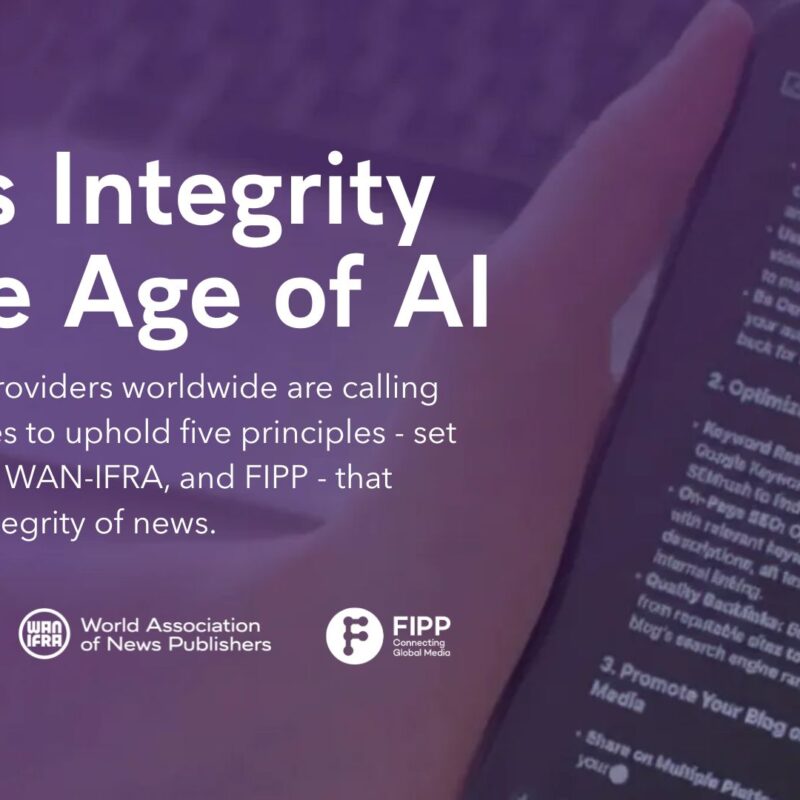The internet of things is revolutionising our lives, but standards are a must
Ashton forecast a futuristic world of seamlessly connected devices that would save us both time and money. Fast forward 15 years and the idea has become mainstream. Households across Britain are comfortable with brands like Nest and Hive connecting their heating systems to the internet. But the road to mass adoption has not been smooth and there remains an ongoing battle over common standards that would allow devices to “talk” to each other.
In many of the early IoT products, consumer needs were overlooked in favour of headline-grabbing gimmicks. Nabaztag, the internet-connected plastic rabbit, was a fine example of this. Launching around the same time Ashton coined the internet of things terminology, Nabaztag’s long list of features included movable ears, a tummy complete with flashing lights and even a contactless chip reader. A loyal developer community sprung up around this curious internet-connected critter.
But Nabaztag failed to solve any consumer need. Worse still, it struggled to connect any other smart devices or systems in people’s homes. Its flashing lights could tell you when you had emails waiting, but so could your Blackberry. It could tell you when rain was coming, but so could a smartphone. This growing list of shortcomings made Nabaztag’s £125-plus retail price difficult to justify. The internet’s first connected rabbit was doomed from the start and sent its parent company, Violet, hopping into administration.









